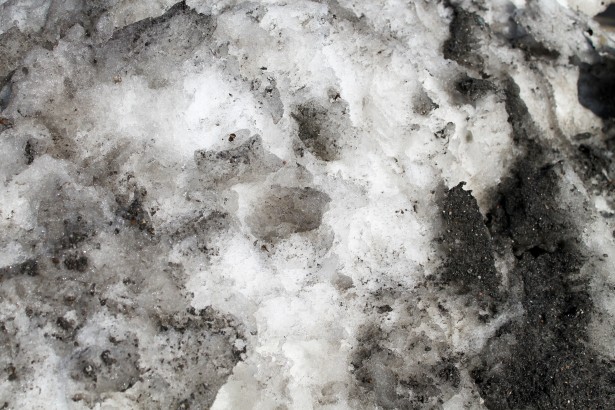Researchers say that pollution from mining operations at Canada’s largest oil sands is affecting local weather.
Scientists from Montreal’s McGill University studied air, land and water around the Athabasca Oil Sands in the Canadian province of Alberta.
They found that snow taken from up to 15 miles away from the oil sands – the largest known reservoir of crude bitumen in the world – contained nano-sized particles of metal contaminants.
According to the research team the structure of these particles increases the speed and efficiency of a process known as ice nucleation, a key factor in cloud formation.
This means that pollutants from the oil sands that find their way in to the atmosphere could be making clouds form faster, with the knock-on effect of altering rainfall frequency and intensity.
The scientists say this in turn could lead to more extreme weather events such as floods and droughts.
“The beauty of frozen precipitation such as snow is that it’s like a snapshot of atmospheric processes,” said lead scientist Professor Parisa Ariya, of McGill’s Departments of Chemistry and Atmospheric and Oceanic Sciences.
“The snow absorbs the hard metal particles and embeds it and this allows us to see things that we might not be able to see otherwise.”
The research was recently published in the journal Environmental Pollution.



